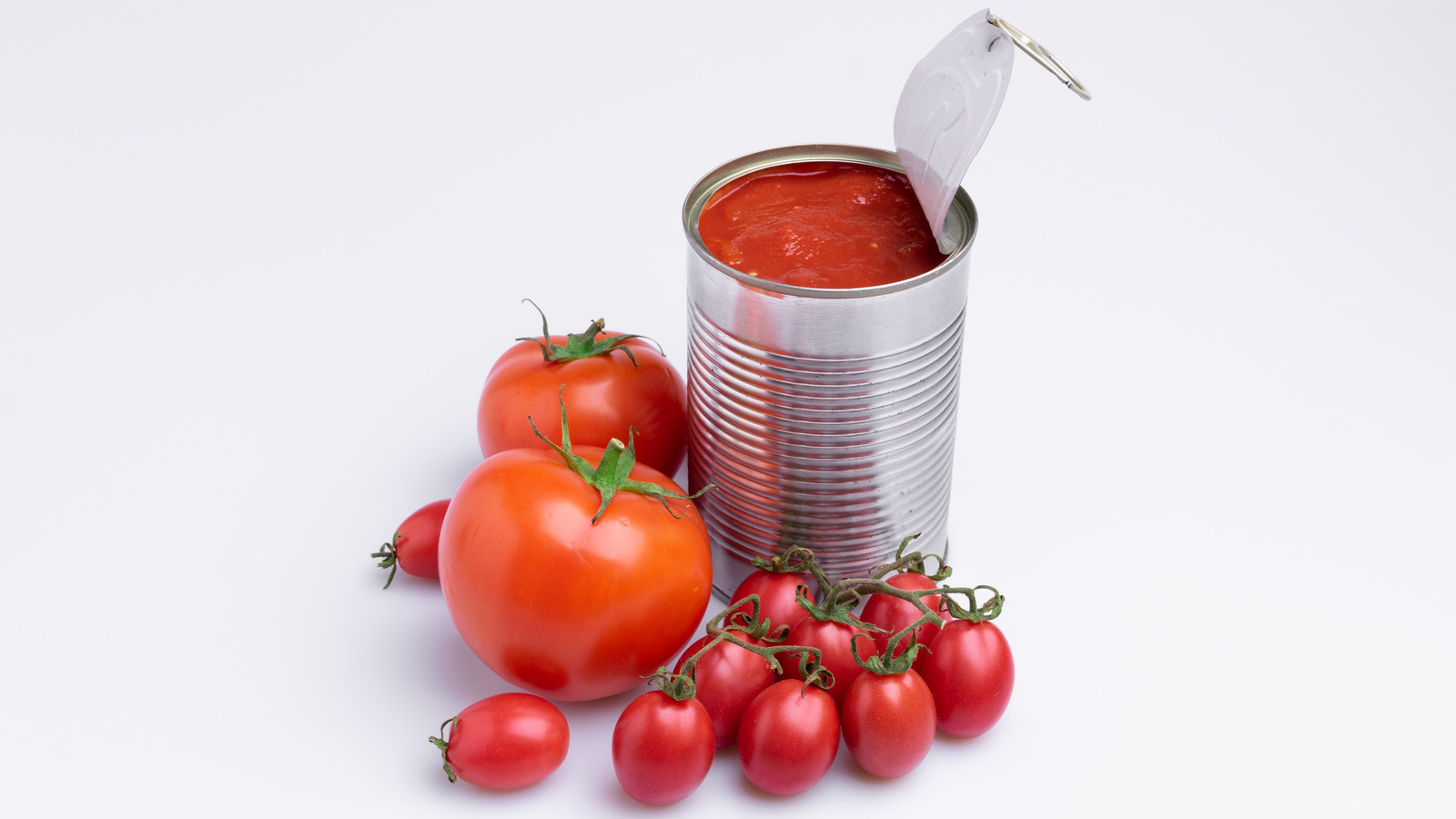

Articles
How To Store Tomato Sauce After Opening
Modified: March 26, 2024
Learn the best methods for storing your opened tomato sauce to keep it fresh and flavorful. Discover helpful tips and tricks in this informative articles.
(Many of the links in this article redirect to a specific reviewed product. Your purchase of these products through affiliate links helps to generate commission for Storables.com, at no extra cost. Learn more)
Introduction
Tomato sauce is a versatile and delicious ingredient that adds flavor to a wide range of dishes. Whether it’s homemade or store-bought, once you open a jar or container of tomato sauce, you may be left wondering how to properly store the remaining sauce for future use. Storing tomato sauce correctly is not only crucial for maintaining its quality and taste but also for ensuring food safety.
There are several factors to consider before storing tomato sauce, such as the type of container to use, whether to store it in the refrigerator or freezer, and how to label and date the sauce for easy identification. In this article, we will explore the best practices for storing tomato sauce after opening, as well as provide tips for reheating and using the stored sauce.
By following these guidelines, you can extend the shelf life of your tomato sauce and enjoy its rich flavor and aroma whenever you need it. So, let’s dive in and discover the secrets to storing tomato sauce like a pro!
Key Takeaways:
- Store tomato sauce in airtight containers, cool before storing, and label with the date. Use refrigerated sauce within a week and frozen sauce within 3-6 months for optimal freshness and flavor.
- Thaw frozen tomato sauce in the refrigerator, reheat thoroughly, and use within 2-3 days. Add extra flavors and enjoy in a variety of recipes for delicious meals.
Factors to consider before storing tomato sauce
When it comes to storing tomato sauce, there are a few key factors to keep in mind that will help ensure its longevity and quality:
- Type of tomato sauce: Consider the type of tomato sauce you are storing. Is it homemade or store-bought? Homemade sauces typically have fewer preservatives and therefore have a shorter shelf life than commercially produced sauces.
- Container selection: The choice of container plays a crucial role in preserving the tomato sauce. Opt for airtight containers made of glass, plastic, or stainless steel. Avoid using containers that are not intended for food storage, such as plastic bags or aluminum foil.
- Container size: Use containers that are of appropriate size for the amount of tomato sauce you are storing. Leaving too much empty space in the container can lead to spoilage due to air exposure.
- Proper sealing: Make sure to seal the container tightly to prevent air and moisture from entering. This helps in maintaining the freshness and flavor of the tomato sauce.
- Cooling before storage: It is essential to allow the tomato sauce to cool down completely before storing. Placing hot sauce in the refrigerator or freezer can affect the internal temperature and lead to the formation of ice crystals or condensation, compromising the quality of the sauce.
By considering these factors, you can set the stage for successful storage of your tomato sauce. Next, let’s explore the recommended storage containers for tomato sauce to ensure optimal preservation.
Recommended storage containers for tomato sauce
Choosing the right storage container for your tomato sauce is crucial for maintaining its freshness and preventing any unwanted odors or flavors from seeping in. Here are a few recommended storage containers for tomato sauce:
- Glass jars: Glass jars are an excellent choice for storing tomato sauce. They are non-reactive, meaning they won’t interact with the acidic nature of the sauce. Look for jars with tight-fitting lids.
- Plastic containers: Food-grade plastic containers with airtight seals are another great option. Make sure the containers are specifically designed for food storage and are free from any chemicals such as BPA.
- Stainless steel containers: Stainless steel containers are durable, non-reactive, and can withstand extreme temperatures. They are a good choice if you plan to store large batches of tomato sauce.
When selecting a container, consider its size. It is best to choose containers that can hold the amount of tomato sauce you typically use in a single serving or recipe. This minimizes the need for repeated exposure to air when storing the sauce.
Regardless of the container you choose, make sure it is thoroughly cleaned and dried before transferring the sauce. Any residue or moisture can lead to spoilage or mold growth.
Now that you have the right container for your tomato sauce, let’s move on to the next step – storing it in the refrigerator.
Tips for storing tomato sauce in the refrigerator
Storing tomato sauce in the refrigerator is a convenient option, especially if you plan to use it within a week or so. Here are some important tips to follow:
- Cool the sauce: Allow the tomato sauce to cool completely before transferring it to a storage container. Hot sauce can raise the temperature inside the refrigerator, leading to spoilage of other perishable items.
- Divide into smaller portions: If you have a large batch of tomato sauce, divide it into smaller portions. This will allow for quicker cooling and prevent unnecessary reheating of the entire batch when you only need a portion.
- Transfer to airtight containers: Pour the cooled tomato sauce into airtight containers, leaving some headspace at the top for expansion during freezing. Ensure that the lid is tightly sealed to prevent air and moisture from entering.
- Label and date: It’s always a good practice to label the containers with the contents and the date of storage. This will help you keep track of the sauce’s freshness and ensure you use the oldest sauce first.
- Store in the coldest part: Place the containers of tomato sauce in the coldest part of the refrigerator, usually the back of the bottom shelf. This helps maintain a consistent temperature and minimizes the risk of temperature fluctuations.
- Use within a week: Tomato sauce stored in the refrigerator should be used within 7-10 days to ensure its freshness and quality. Beyond that, the flavor and texture may start to deteriorate.
By following these tips, you can keep your tomato sauce fresh and delicious in the refrigerator for a short period. However, if you want to store the sauce for a longer period, freezing is the way to go. Let’s explore some tips for freezing tomato sauce next.
Tips for storing tomato sauce in the freezer
If you want to store tomato sauce for an extended period, freezing is an excellent option. Freezing tomato sauce helps preserve its flavor and texture while extending its shelf life. Here are some tips for storing tomato sauce in the freezer:
- Cool the sauce: Before freezing, allow the tomato sauce to cool completely. This helps prevent the formation of ice crystals and maintains the quality of the sauce.
- Choose freezer-safe containers: Use freezer-safe containers or freezer bags specifically designed for storing food in the freezer. Ensure that the containers are airtight and can withstand the low temperatures of the freezer without cracking or leaking.
- Portion it out: Divide the tomato sauce into individual portions that you are likely to use in one go. This way, you can easily thaw and use only the required amount without having to defrost the entire batch.
- Remove excess air: When using freezer bags, squeeze out excess air before sealing them. This helps prevent freezer burn and maintains the quality of the sauce.
- Label and date: It’s important to label the containers or bags with the contents and the date of freezing. This will help you keep track of the sauce and ensure you use the oldest one first.
- Store flat: To maximize storage space and promote even freezing, lay the freezer bags flat in the freezer. Once frozen, you can stack them vertically for easy organization.
- Thawing and using: When you’re ready to use the frozen tomato sauce, transfer it to the refrigerator to thaw overnight. Alternatively, you can use the defrost function on your microwave or thaw it gently on the stovetop. Once thawed, reheat the sauce and use it as desired.
By following these tips, you can successfully store tomato sauce in the freezer and enjoy its fresh taste even months later. However, it’s essential to know how long you can safely store tomato sauce before it reaches its maximum storage time. Let’s explore that next.
Store tomato sauce in an airtight container in the refrigerator after opening. Use it within 5-7 days or freeze it for longer storage.
Read more: How To Store Soy Sauce After Opening
Proper labeling and dating of stored tomato sauce
Properly labeling and dating your stored tomato sauce is crucial for organization, convenience, and food safety. Here are some guidelines to follow:
- Label the containers: Use a permanent marker or labels to clearly mark the containers or bags with the contents, in this case, “tomato sauce”. This will help you easily identify the sauce when it’s time to use it or discard it.
- Date the sauce: Write down the date when the tomato sauce was stored. This allows you to keep track of how long the sauce has been frozen or refrigerated.
- First in, first out (FIFO): If you regularly freeze or refrigerate tomato sauce, it’s essential to follow the FIFO method. This means using the oldest sauce first to prevent any sauce from exceeding its recommended storage time.
- Note any additional information: If you made any modifications to the sauce before storing it, such as adding ingredients or seasonings, you can note these on the label as well.
- Organize in storage: Arrange the containers or bags in an organized manner in the freezer or refrigerator. This makes it easier to locate and retrieve the desired sauce without disturbing the other items.
- Regularly check for freshness: Periodically check the stored tomato sauce for any signs of spoilage, such as an off smell, mold growth, or unusual texture. If you notice any of these signs, it’s best to discard the sauce to ensure food safety.
By properly labeling and dating your stored tomato sauce, you can stay organized, keep track of freshness, and ensure the highest level of food safety for yourself and your family.
Now that you know how to store and label your tomato sauce, it’s important to understand how long you can safely keep it. Let’s explore the recommended storage times for tomato sauce next.
How long can tomato sauce be stored safely?
The storage time of tomato sauce depends on various factors, including the type of sauce, storage conditions, and whether it’s homemade or commercially produced. Here are some general guidelines for safely storing tomato sauce:
- Refrigerated tomato sauce: Homemade tomato sauce can typically be stored in the refrigerator for up to 4-5 days. Commercially produced tomato sauces often come with a “best by” date, which indicates the optimal quality of the sauce. To ensure freshness and food safety, it is recommended to use refrigerated tomato sauce within the specified time on the packaging or within a week of opening.
- Frozen tomato sauce: Tomato sauce can be safely stored in the freezer for 3-6 months. After this period, the quality and flavor may begin to deteriorate. It is advisable to use frozen tomato sauce within this timeframe to enjoy the best taste and texture.
- Extended freezer storage: While tomato sauce can technically be stored in the freezer for longer periods, it may experience a decline in quality over time. After 6 months, the sauce may develop freezer burn or lose its original flavor and consistency.
- Check for signs of spoilage: Regardless of the storage method, it’s important to check the tomato sauce for any signs of spoilage before consuming. If the sauce has an off smell, unusual color, or mold growth, it should be discarded immediately to prevent foodborne illness.
- Trust your senses: Your senses are the best indicators of whether stored tomato sauce is still safe to consume. Trust your eyes, nose, and taste buds. If anything seems off or doesn’t feel right, it’s always better to err on the side of caution and discard the sauce.
It’s worth noting that these guidelines are general recommendations, and the actual shelf life of tomato sauce can vary depending on different factors. Always refer to the packaging instructions and consult your own judgment when determining the freshness and safety of stored tomato sauce.
Now, let’s move on to the final section – reheating and using the stored tomato sauce.
Reheating and using stored tomato sauce
When it comes to using stored tomato sauce, proper reheating and handling are essential to ensure both taste and food safety. Here are some tips for reheating and using stored tomato sauce:
- Thawing frozen sauce: If you have frozen tomato sauce, it’s best to thaw it in the refrigerator overnight. Slow thawing in the refrigerator helps maintain the sauce’s texture and flavor. Alternatively, you can use the defrost function on your microwave or thaw it gently on the stovetop.
- Reheating: Whether you are reheating refrigerated or thawed frozen tomato sauce, it is important to heat it thoroughly to kill any potential bacteria. Heat the sauce on the stovetop over medium heat or in the microwave until it reaches a simmer. Stir occasionally to distribute the heat evenly and prevent scorching.
- Adding extra flavors: You can enhance the flavor of the tomato sauce by adding herbs, spices, or other ingredients such as garlic, onions, or red wine. This allows you to customize the sauce to suit your taste preferences and the specific dish you are making.
- Using in recipes: Tomato sauce is a versatile ingredient that can be used in various recipes. Whether you’re making pasta dishes, soups, stews, or casseroles, tomato sauce adds depth and richness to the flavors. Use stored tomato sauce as directed in your favorite recipes or get creative by incorporating it into new dishes.
- Storage after reheating: Once you have reheated the tomato sauce, it cannot be re-frozen. It should be used within 2-3 days if stored in the refrigerator. It is best to store any leftovers in a clean, airtight container in the refrigerator to maintain their freshness and prevent any cross-contamination.
Remember to always use proper hygiene when handling and storing tomato sauce. Keep utensils, cutting boards, and countertops clean to avoid any potential contamination.
Now that you have learned the essential tips for reheating and using stored tomato sauce, you can confidently enjoy your sauce in a variety of delicious meals. Let’s wrap up this article with a summary of what we’ve covered.
Conclusion
Storing tomato sauce after opening doesn’t have to be a complicated process. By considering a few key factors and following some simple guidelines, you can ensure that your tomato sauce remains fresh, flavorful, and safe to consume.
Start by selecting the appropriate storage container, such as glass jars, plastic containers, or stainless steel containers, that are airtight and non-reactive. Remember to cool the sauce before storing it and label the containers with the contents and date of storage.
If you plan to use the sauce within a week, storing it in the refrigerator is ideal. Divide the sauce into smaller portions and transfer them to airtight containers. Use refrigerated sauce within the recommended time frame to maintain its quality.
If you intend to store the sauce for a longer period, freezing is your best option. Choose freezer-safe containers or bags and ensure they are properly sealed to prevent freezer burn. Label the containers with the contents and date, and store them flat in the freezer for easy organization.
Remember to adhere to the recommended storage times for tomato sauce: refrigerated sauce should be used within a week, and frozen sauce is best if consumed within 3-6 months. Always trust your senses and discard any sauce that shows signs of spoilage.
When reheating and using stored tomato sauce, ensure it is thoroughly heated to kill any bacteria. Feel free to add extra flavors and use the sauce in various recipes to add depth and richness to your dishes.
In conclusion, with proper storage, labeling, and handling, you can extend the shelf life of tomato sauce and make the most out of this versatile ingredient. By following these guidelines, you can enjoy the convenience of having tomato sauce readily available while ensuring food safety and maintaining its delicious flavors. So go ahead, store your tomato sauce like a pro and elevate your culinary creations!
Frequently Asked Questions about How To Store Tomato Sauce After Opening
Was this page helpful?
At Storables.com, we guarantee accurate and reliable information. Our content, validated by Expert Board Contributors, is crafted following stringent Editorial Policies. We're committed to providing you with well-researched, expert-backed insights for all your informational needs.
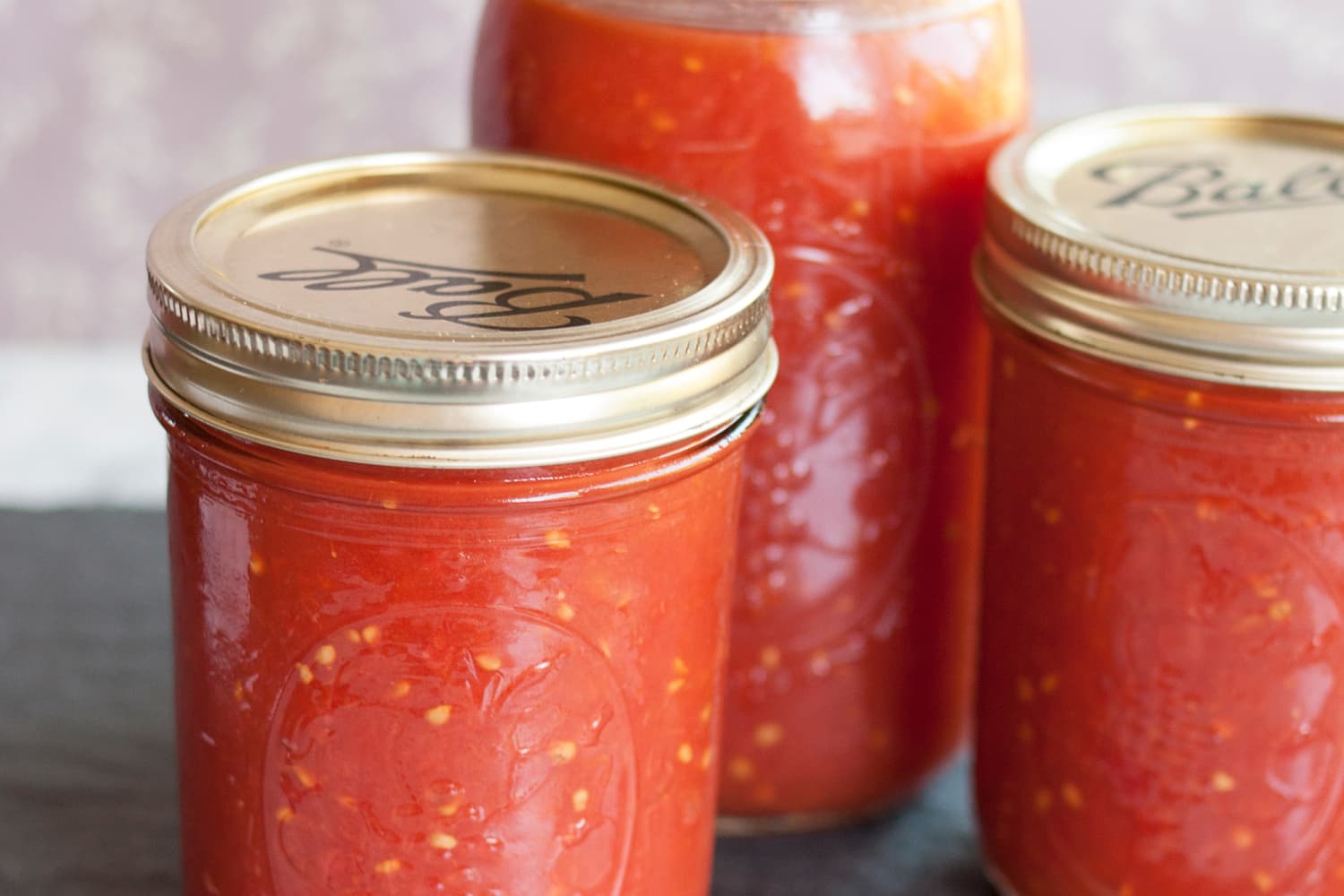
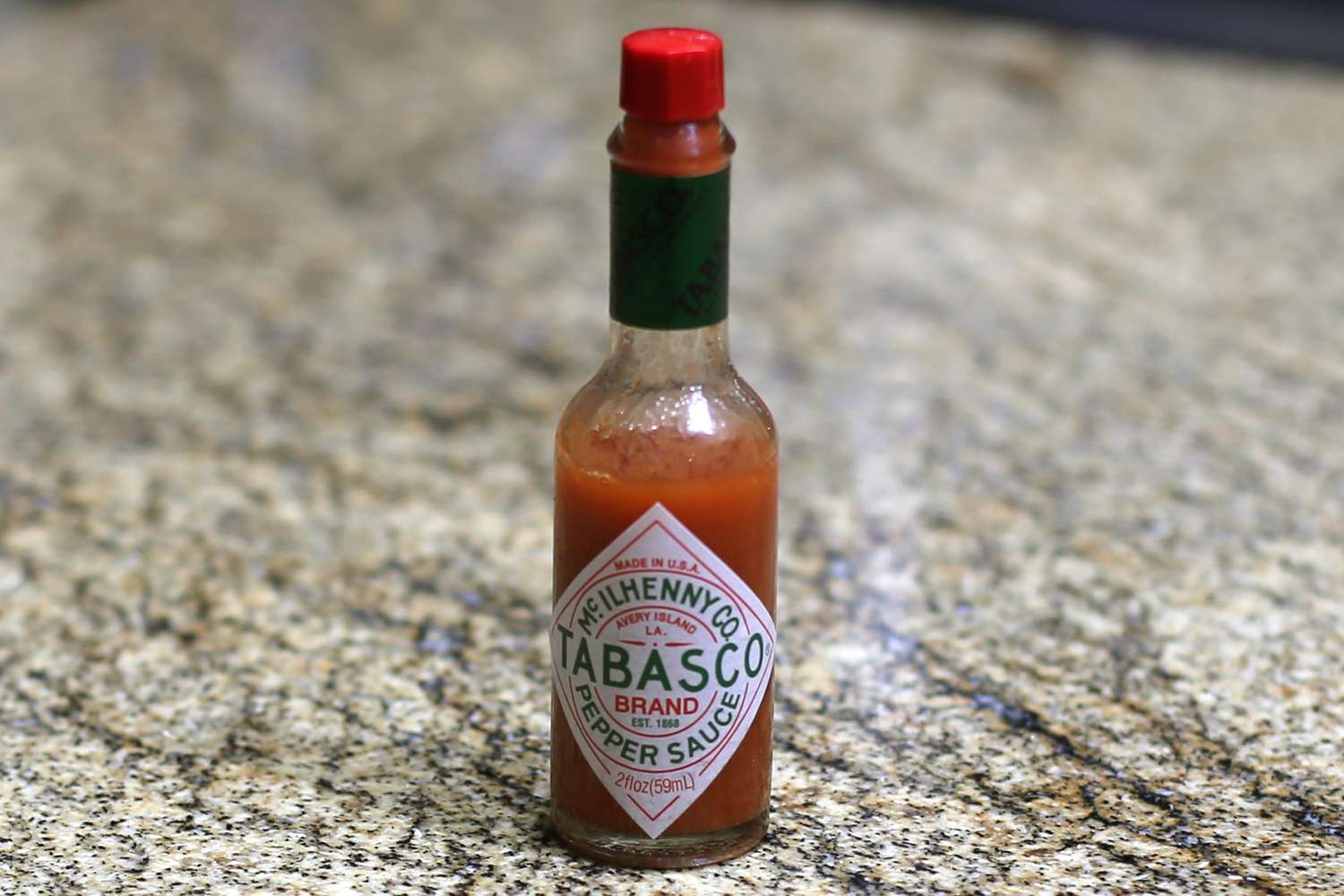
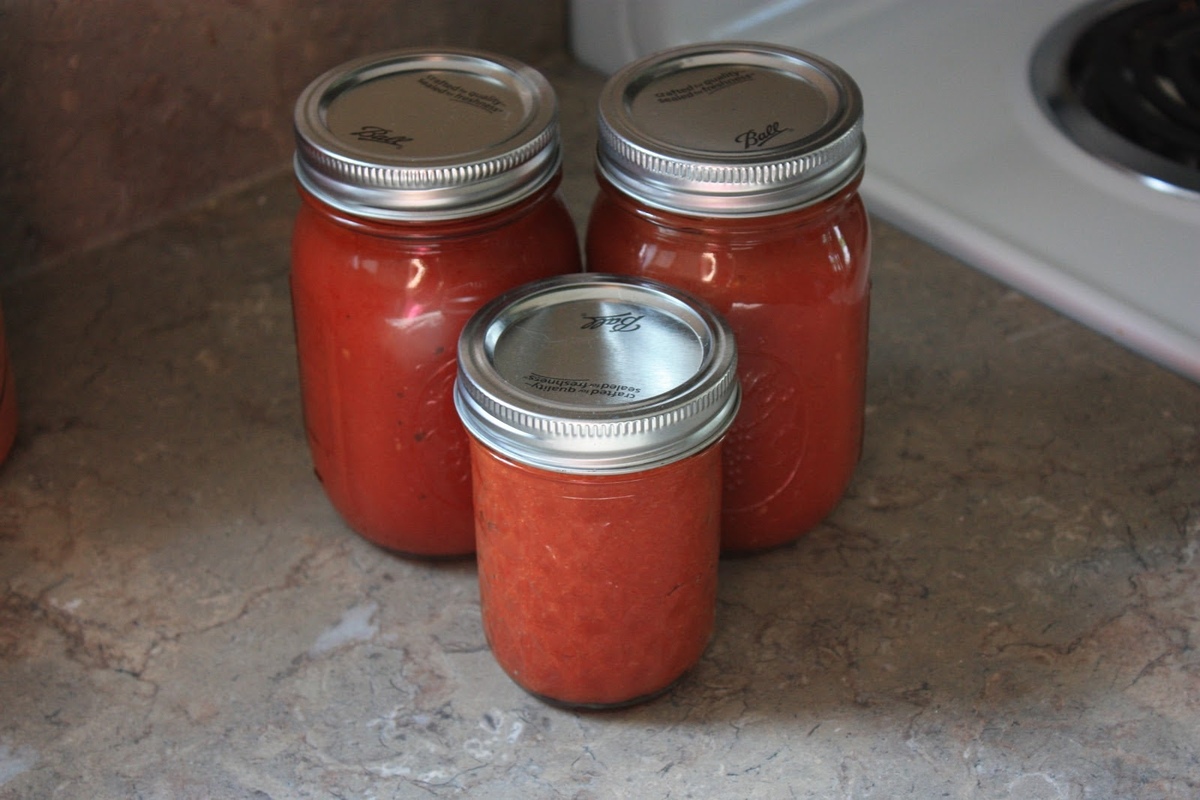
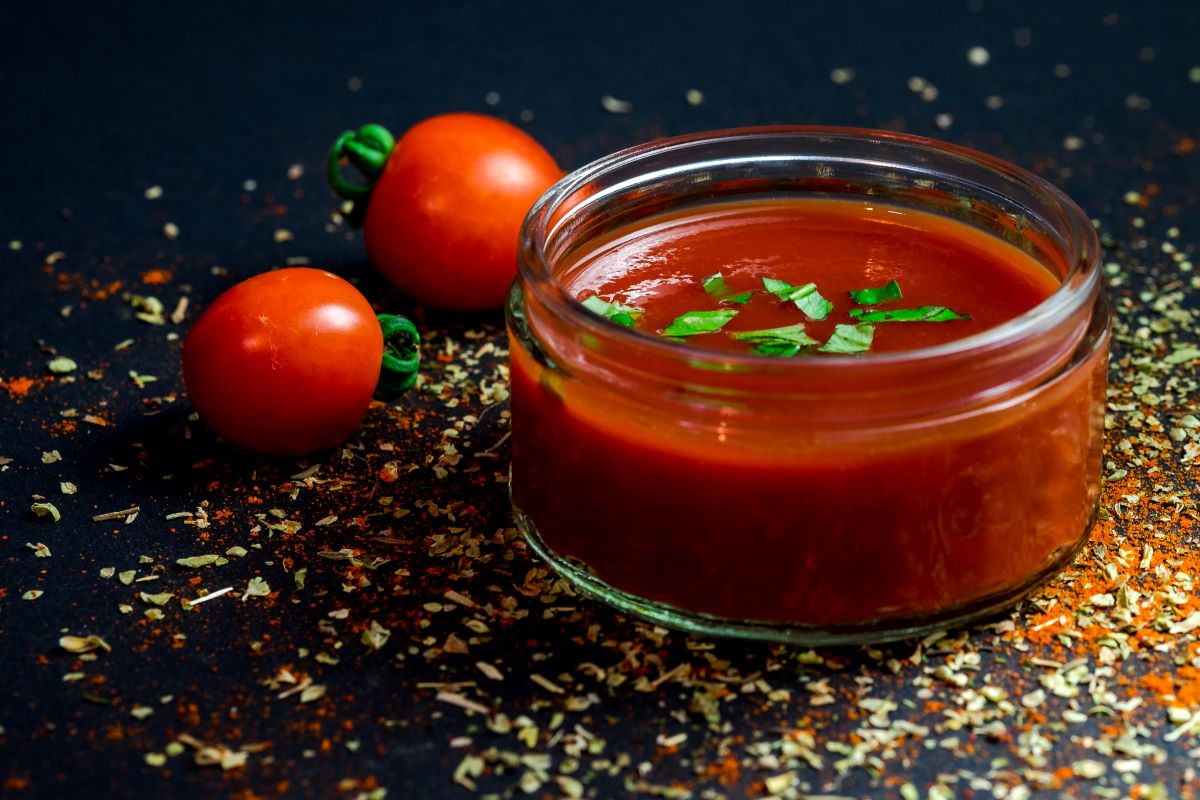


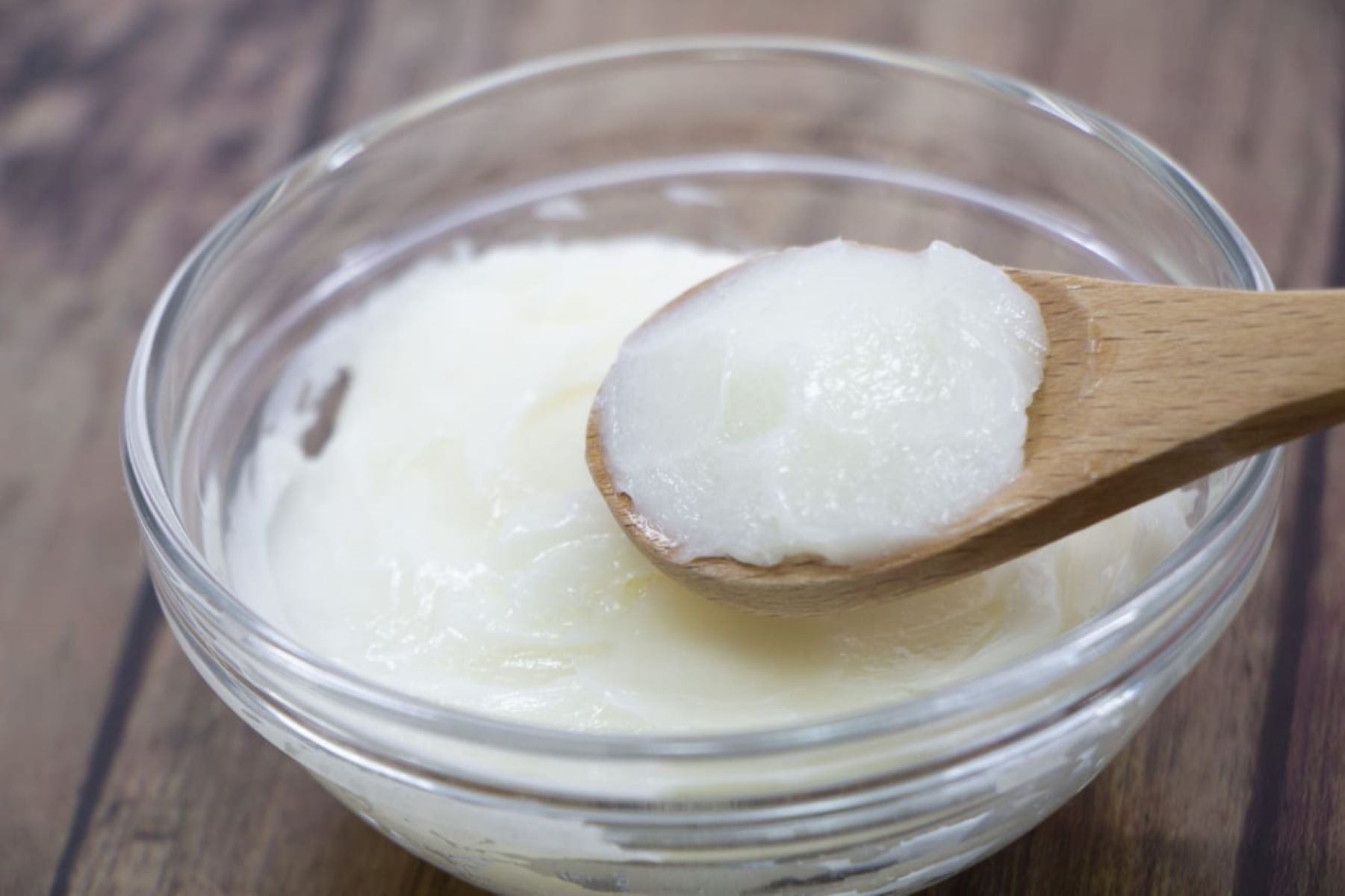





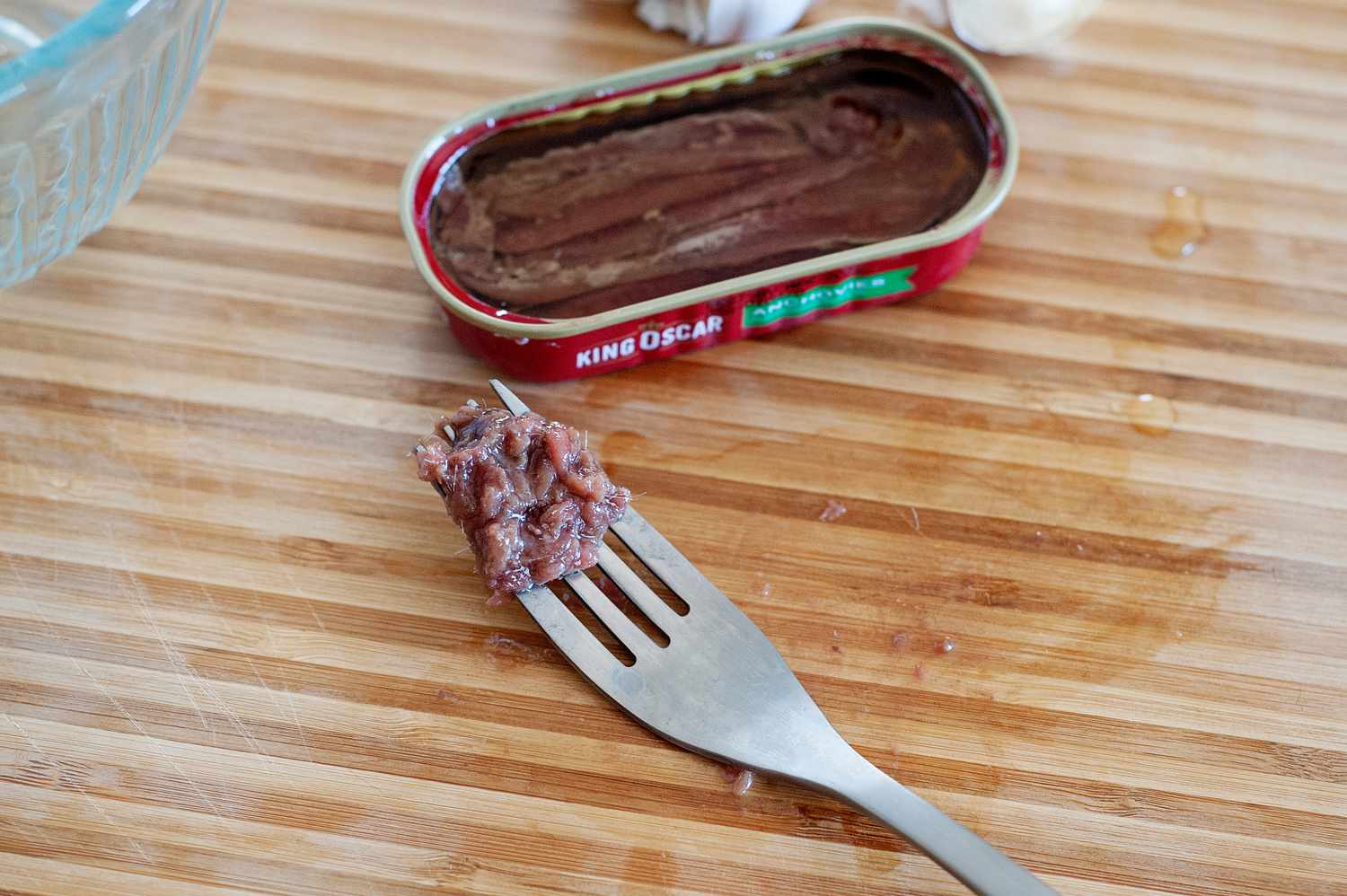
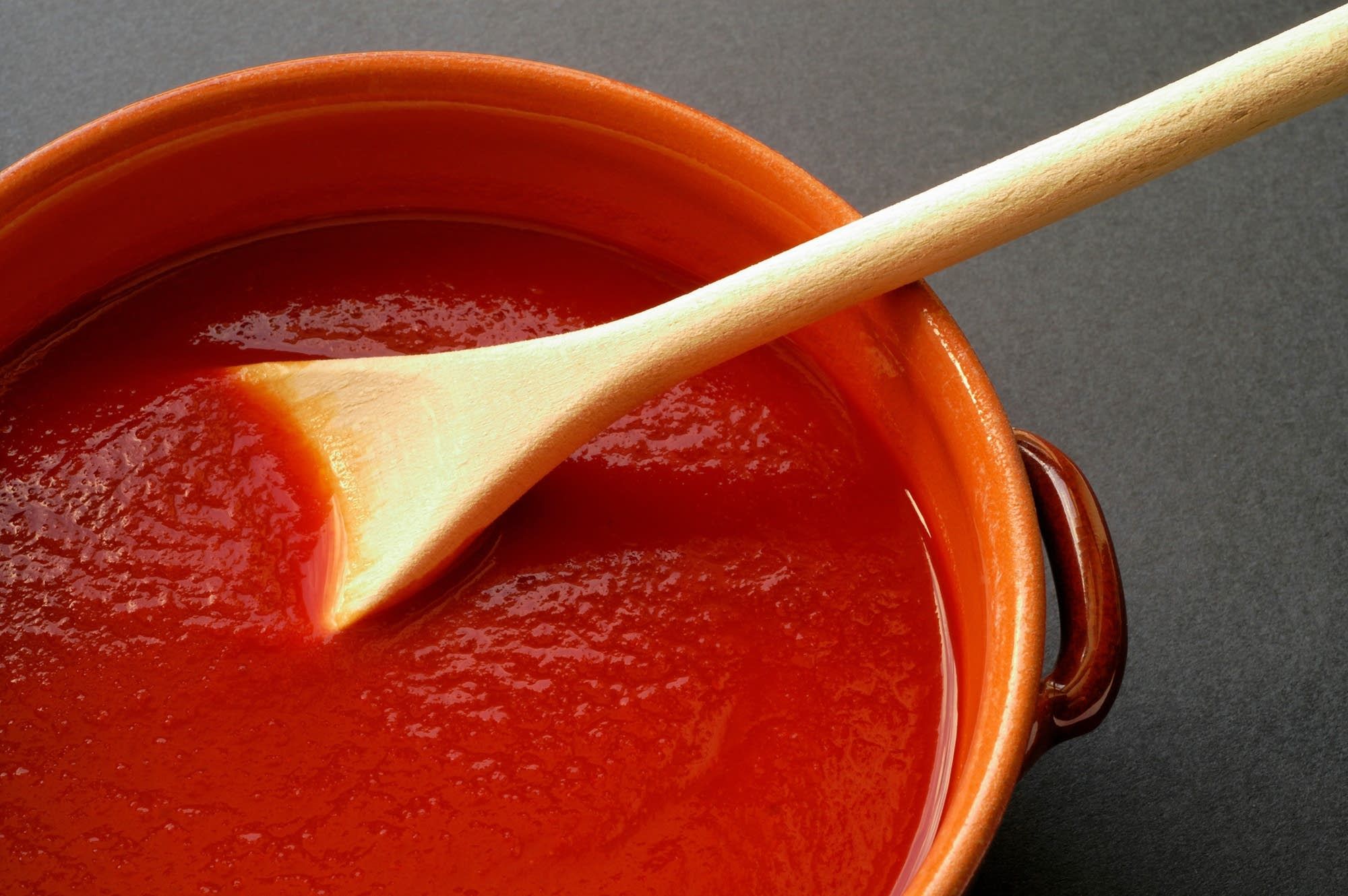

0 thoughts on “How To Store Tomato Sauce After Opening”